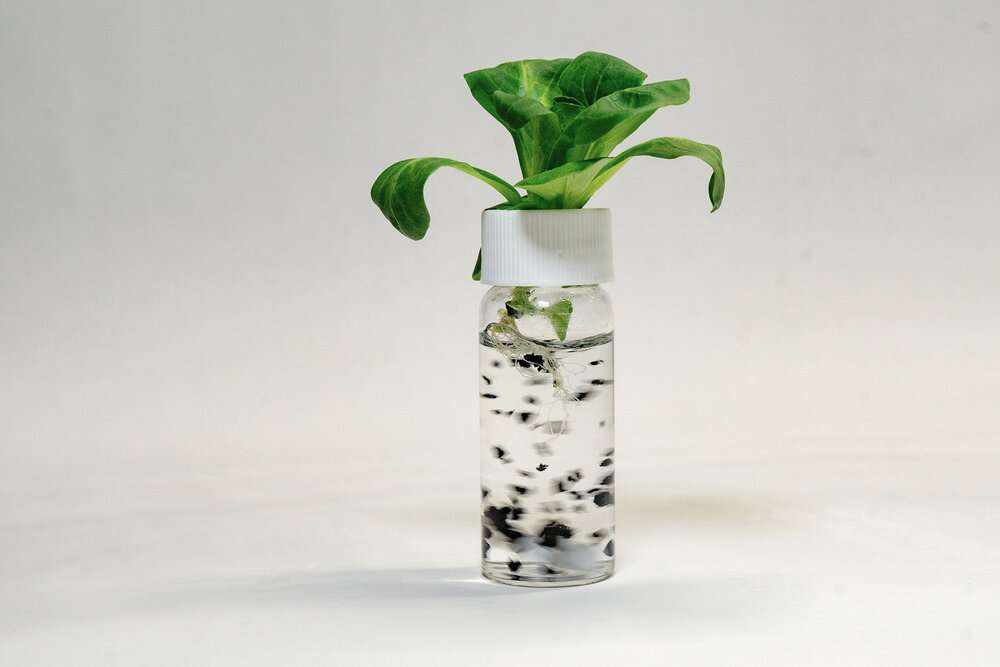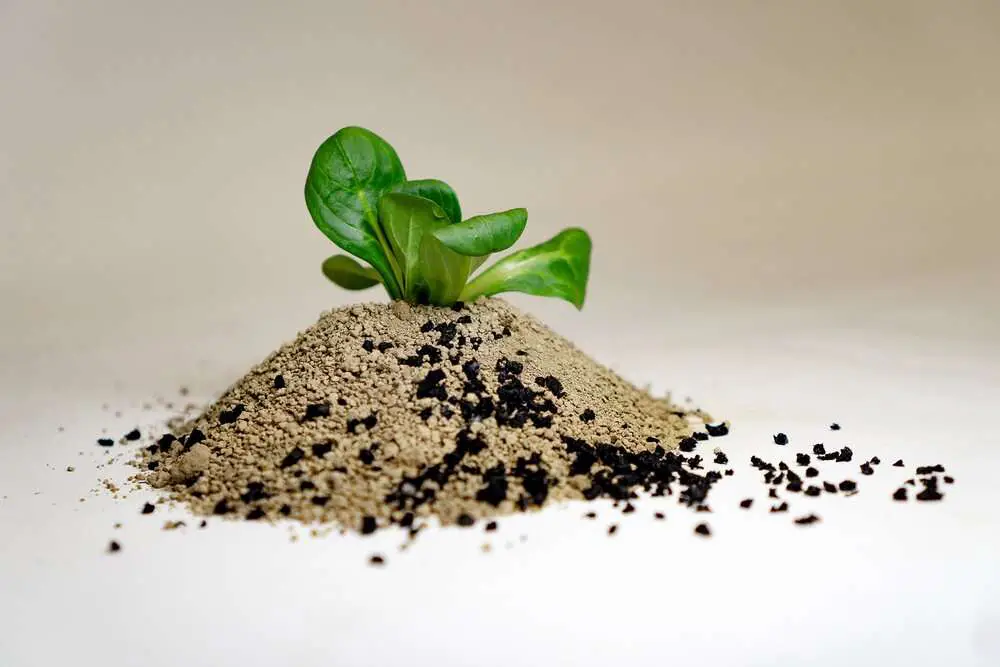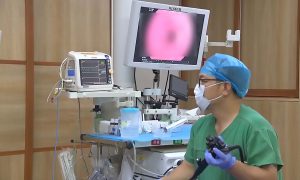A new scientific study has shown that highly toxic chemicals from tyre wear get absorbed by lettuces through sewage sludge and waste water.

Researchers at the Centre for Microbiology and Environmental Systems Science (CMESS) at the University of Vienna, Austria, claimed that tyre pollutants found in vegetables could severely influence people’s health.
The geoscientists inserted five chemicals, four of which are used in tyre production, into the hydroponic systems of lettuce plants.
The fifth was 6PPD-quinone – a compound formed from organic 6PPD when tyres are in use.
6PPD-quionone has been linked to mass deaths of Coho salmon in the USA. It was detected in California streams at concentrations that killed at least half of the individuals in laboratory studies.
CMESS PhD student and co-lead author of the study Anya Sherman said in a statement obtained by Newsflash: “Tyre wear particles contain a number of organic chemicals, some of which are highly toxic.
“Our measurements showed that the lettuce plants took up all the compounds we investigated through their roots, translocated them into the lettuce leaves and accumulated them there.”
Head of the research group Thilo Hofmann added: “If these chemicals are released in the root zone of edible plants, they can be a health concern for consumers – provided the chemicals are taken up by the plants.
“The lettuce plants continuously take up the potentially harmful chemicals that are released from the tyre abrasion particles over the long term.”
Using high resolution mass spectrometry, the researchers measured the extent to which the pollutants were absorbed by the plants to identify the substances the lettuce plants metabolised.

CMESS senior scientists Thorsten Hueffer said: “The plants processed the substances and in doing so they produced compounds that have not been described before.
“Since we don’t know the toxicity of these metabolites, they pose a health risk that cannot be assessed so far.”
But Sherman explained that these metabolites were proven to be quite stable in the plant and that they would most probably be preserved there until reaching people’s plates, where they would disintegrate.
She added: “In the human body, however, such compounds are very easily broken down.
“Thus, if someone eats such a contaminated lettuce, the original chemicals could be released again in the body.”
Future analysis should reportedly help the research team specifically trace the possible path of tyre-wear pollutants from the road to the plate.
Study co-author Ruoting Peng reported: “The processes we have investigated probably take place differently in soil systems. In a next step, we are therefore looking at the possible uptake of tyre additives by plant roots in natural soils.”
Lead author of the study Charlotte Henkel said: “Our analyses have shown that the PVC microplastics studied can release phthalates into aquatic systems – for example rivers, lakes or groundwater – over more than 500 years.”
Hofmann added: “Once microplastics have reached the aquatic environment, they remain a source of potentially polluting substances, and in the case of phthalates, for a very long time.”

The study was published in the peer-reviewed scientific journal Environmental Science and Technology on 28th December.



